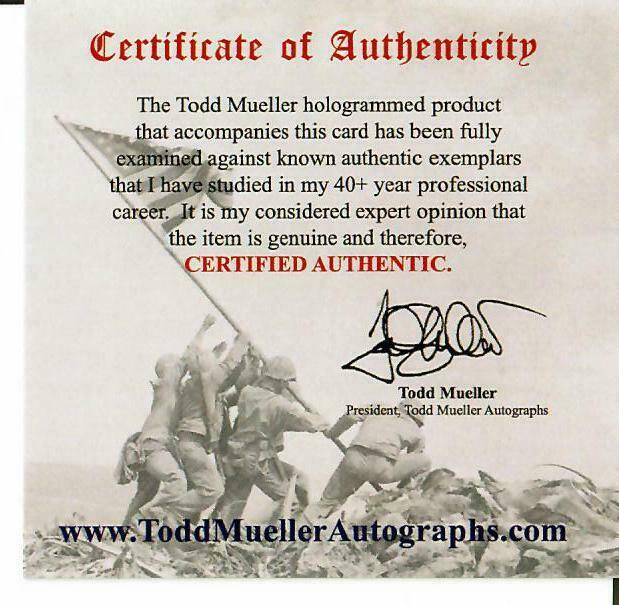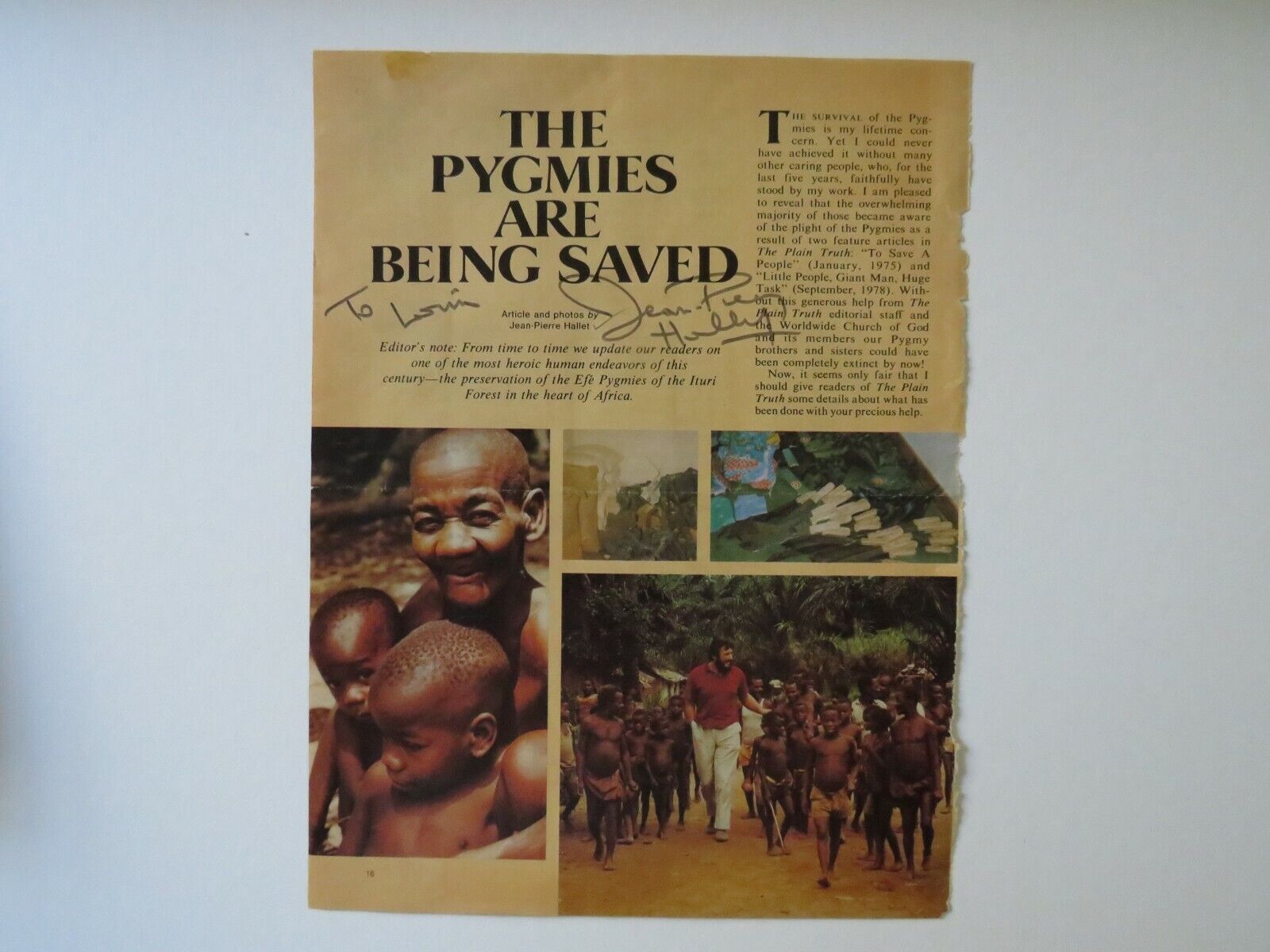-40%
"Whipple Shield" Fred Whipple Hand Signed 1.75X1.75 B&W Photo Todd Mueller COA
$ 36.95
- Description
- Size Guide
Description
Up for auction"Whipple Shield" Fred Whipple Hand Signed 1.75X1.75 B&W Photo.
This item is certified authentic by Todd Mueller Auctions and comes with their Certificate of Authenticity.
ES-4588
Fred Lawrence Whipple
(November 5, 1906 – August 30, 2004) was an
American
astronomer
, who worked at the
Harvard College Observatory
for over 70 years. Amongst his achievements were
asteroid
and
comet
discoveries, the "
dirty snowball
" hypothesis of comets, and the invention of the
Whipple shield
. Whipple was born on November 5, 1906, in
Red Oak, Iowa
, as the son of a farmer. An early bout with
polio
ended his ambition of being a professional
tennis
player. Whipple studied at
Occidental College
in
Southern California
, then majored in mathematics at the
University of California at Los Angeles
, graduating in 1927. Recollecting his path from mathematics to astronomy, Whipple stated in a 1978 autobiography that his "mathematics major veered [him] through physics and finally focused on astronomy where time, space, mathematics, and physics had a common meeting ground."
After taking a class in astronomy, he enlisted at the
University of California, Berkeley
where he obtained his PhD in Astronomy in 1931. While in graduate school, he helped map the orbit of the then newly discovered
dwarf planet
Pluto
. He joined
Harvard College Observatory
in 1931 and studied the trajectories of meteors, confirming that they originated within the
solar system
rather than from interstellar space. In 1933, he discovered the periodic
comet
36P/Whipple
and the
asteroid
1252 Celestia
. He also discovered or co-discovered five other non-periodic comets, the first of which was C/1932 P1 Peltier-Whipple, independently discovered by the famed amateur astronomer
Leslie Peltier
. During
World War II
, he invented a device for cutting
tinfoil
into
chaff
to confuse enemy
radar
tracking Allied aircraft. He was awarded a
Certificate of Merit
for this in 1948. He also invented a "meteoroid bumper" or "
Whipple shield
", which protects spacecraft from impact by small particles by vaporizing them. From 1950 until 1977 he was a professor of Astronomy at
Harvard University
, including being the Phillips Professor of Astronomy between 1968 and 1977. During these years (in the early 1950s), he wrote a series of influential papers entitled
A Comet Model
, published in
Astrophysical Journal
. In these papers, he proposed the "icy conglomerate" hypothesis of
comet
composition (later called the "
dirty snowball
" hypothesis). The basic features of this hypothesis were later confirmed; however, the exact amount (and thus the importance) of ices in a comet is an active field of research, with most of the recently obtained data pointing to a low contribution of ices to a comet's mass (dubbed the "
icy dirtball
" hypothesis). He also anticipated the era of
artificial satellites
and organized the members of
Operation Moonwatch
to track them. These groups were the only ones in the US prepared and ready to make observations when the
Soviet Union
unexpectedly launched
Sputnik I
in 1957. He became director of the
Smithsonian Astrophysical Observatory
when
Loyal Blaine Aldrich
retired in 1955, and remained in this post until 1973. Whipple made at least one media appearance, in the science documentary film
Target...Earth?
(1980). He also appeared in the BBC's coverage of the Giotto encounter with Halley's Comet, in 1986.










